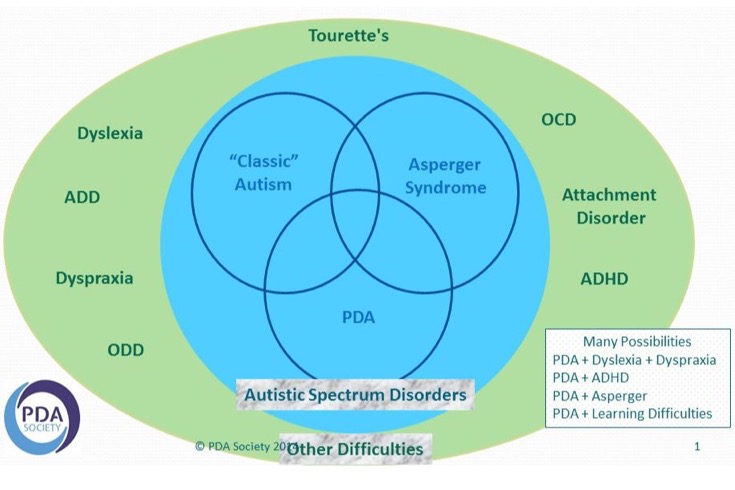

Oppositional Defiant Disorder, on the other hand, does not imply that the patient is defiant rather, they are reacting to an opposing demand in an oppositional manner.
#Pathological demand avoidance in adults manual
The Diagnostic and Statistical Manual of Mental Disorders (DSM5) does not include PDA. The underlying cause of avoidance, it is claimed, is high levels of anxiety. There is a scientific explanation for the phenomenon of pathological demand avoidance (PDA) on autism.

With the right support, individuals with PDA can learn to cope with their symptoms and lead happy, fulfilling lives. While there is no cure for PDA, there are ways to manage the condition and help the individual function in daily life. In some cases, the avoidance may be so severe that the individual is unable to leave the house or interact with others. This avoidance can lead to a number of difficulties in daily life, as individuals with PDA may have trouble following instructions at school or work, or completing tasks that require some level of cooperation. For individuals with PDA, these types of requests can feel like an overwhelming demand that must be avoided at all cost. This can include simple requests, such as being asked to put on a coat or brush one’s teeth. So, what exactly is PDA? And how does it differ from other conditions on the autism spectrum? Pathological demand avoidance is characterized by a strong aversion to anything that might be perceived as a demand or a request. While there is some debate as to whether or not PDA should be considered its own diagnosis or simply a subtype of ASD, there is no doubt that individuals who meet the criteria for PDA often have difficulty functioning in everyday life.

One diagnosis that has been garnering more attention in recent years is pathological demand avoidance (PDA). This is not unusual, and it is important to remember that each individual with ASD is unique and may display different symptoms and behaviors. In some cases, an individual may meet the criteria for more than one diagnosis. It is not uncommon for individuals with autism spectrum disorder (ASD) to be diagnosed with another condition, such as attention-deficit/ hyperactivity disorder (ADHD), anxiety, or depression.


 0 kommentar(er)
0 kommentar(er)
